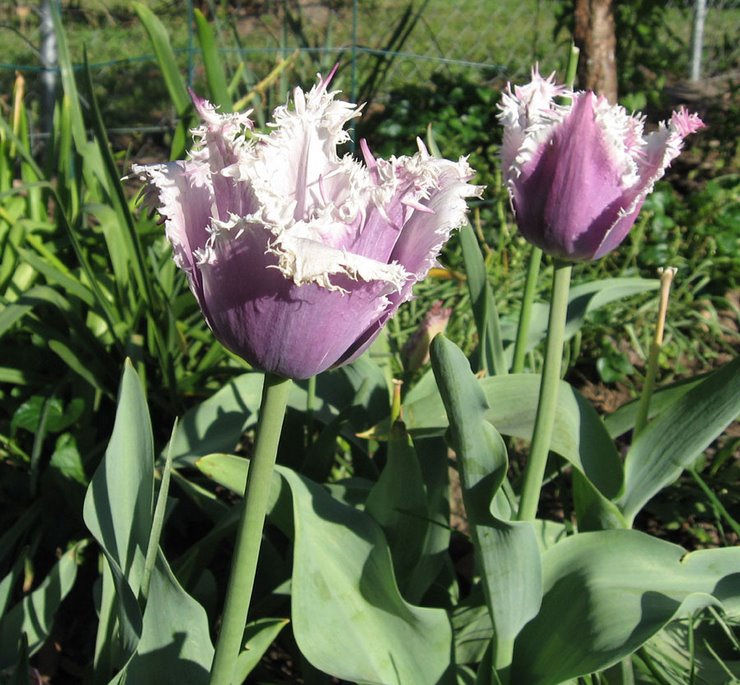 |
| White clover |
There is a growing movement in the U.S. to cut back on the amount of yard space filled with lawn grass, with its high need for water, and the pollution from all the pesticides, fertilizers, and lawn mower emissions. Over 50 percent of U.S. residential water usage goes to irrigating lawns.
Increasingly, people are looking for lower maintenance alternatives to lawn grass. Some alternatives are creeping thyme, moss, or other low-growing ground covers. I have used creeping thyme in a narrow, sunny area that is hard to mow; and vinca minor in some very shady areas under trees. Clover lawns are gaining in popularity in recent years, especially in shady areas.
A clover lawn has several advantages over grass. It greens up early, and stays a luscious green all summer with little irrigation. It's very drought resistant, since its roots grow deep. It naturally aerates and enriches your soil as it pulls nitrogen from the air and adds it to the soil. You won't need to buy or spread fertilizer or pesticides. Clover will tend to choke out any weeds trying to get a start.
The flowers of clover are attractive to beneficial insects, including honeybees, which is valuable in supporting their threatened population. It also brings pollinators to your garden, which I appreciate as they help pollinate my vegetable garden. Clover attracts earthworms to your yard; with all of the benefits earthworms bring. Unlike grass, clover is not discolored by dog urine. Rabbits love clover, so they may eat it instead of other garden plants.
Clover does have a couple of drawbacks. It will stain clothing and is hard to get out. Clover is less tolerant of heavy foot traffic than grass. Because its flowers do attract bees, people allergic to stings may want to keep clover well mowed so it doesn't flower. So clover might not be the best choice around children's play areas.
A clover lawn can be pure clover, or mixed grass and clover. A mixed lawn will tolerate more foot traffic than pure clover, and for many people like me makes the perfect water-wise, low-maintenance choice.

2 comments:
We have patches of clover in our lawn. I enjoy having mixed plants in the lawn. It brings back fond memories of playing in my grandmother's lawn in the summertime, the wonderful picnic meals and homemade ice cream for 4th of July.
Does a clover lawn comply with city regulations. I live in Overland Park, Kansas.
Post a Comment